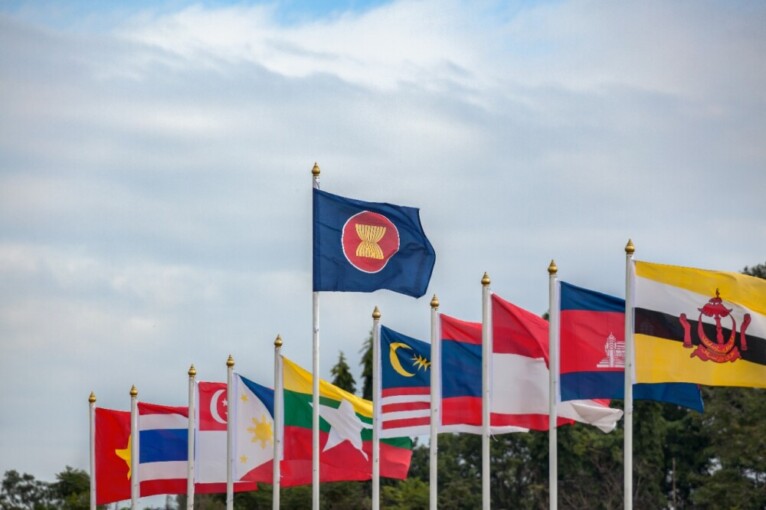
Micro, Small and Medium Enterprises (MSMEs) are the leading players in the domestic economy. It contributes 60.3 per cent of Indonesia’s total Gross Domestic Product in 2017, and absorbing 97 per cent of the total workforce and 99 per cent of total employment.
Dafri Agussalim as The Head of the ASEAN Study Center of the Faculty of Social and Political Sciences UGM said that MSMEs played a decisive role in the ASEAN Economic Community as the main regional actor.
“One thing we should bear in mind that MSMEs is a means of supporting economic prosperity and independence in the Southeast Asian region. In MEA era, people suggested to use SMEs applications in Indonesia as a reference to support the regional economy in the MEA era,” he explained on Thursday (7/30).
He said this statement in a Focus Group Discussion (FGD) entitled “Utilization of the e-Monitoring System for the Implementation of the ASEAN Economic Community (STORMEA) in Supporting the National Economy” held by the Ministry of Economy of the Republic of Indonesia.
The ASEAN Study Center itself supports the efforts of the government in developing the role of MSMEs in ASEAN through in-depth studies of the problems faced and the advantages possessed by MSMEs in each region.
Blueprint of the ASEAN Economic Community 2025 approved by ASEAN member countries in 2015 includes the creation of a single market and production base with free flow of goods, services, investment and skilled labour, a highly competitive region, sustainable and equitable economic development, and integrate ASEAN into the global economy.
The improvement of MSMEs is also one of the efforts ahead for establishing in the ASEAN Framework on Equal Economic Development, besides reducing development gaps, strengthening the quality of human resources, increasing social welfare, and broader participation in the ASEAN integration process.
He also explained that the strategic role of MSMEs in the AEC includes helping to overcome the problem of unemployment, reviving industrial zones, having strong resilience when faced with crises, and contributing significantly to GDP and economic growth.
“Central Statistics Agency data shows that the MSME sector is resilient to the crisis. After the 1997-1998 economic crisis the number of MSMEs showed an increase, able to absorb 85 million to 107 million workers until 2012,” said Dafri.
He added that UMKM is a pre-eminent sector in the Asian region which is potent to support the economy, especially developing countries. Even though it is essential, it has been common to realize that not few countries neglect these independent economic initiatives.
He mentioned several internal obstacles to the development of MSMEs, including those relating to access to bank financing, financial administration management, and the quality of human resources.
Meanwhile, there are external obstacles found in the form of limited access to raw materials and technology, a less conducive business climate, and weak infrastructure in the fields of transportation and energy.
To promote MSMEs in the front of MEA, he provides some strategies and recommendations, one of which is on the promotion aspect by designing special programs to facilitate promotion and marketing as well as utilizing the digital marketplace for marketing.
“Only 8 per cent or around 3.79 million businesses use the online platform. Digitalization of product marketing has become a notable moment for the advancement of MSMEs,” he said.
Besides, in his remarks, he also said that the MSME development strategy must also include institutional aspects, entrance to finance and legality, improving global competitiveness, and monitoring.
Author: Gloria
Photo: Freepik.com
Translator: Natasa A

